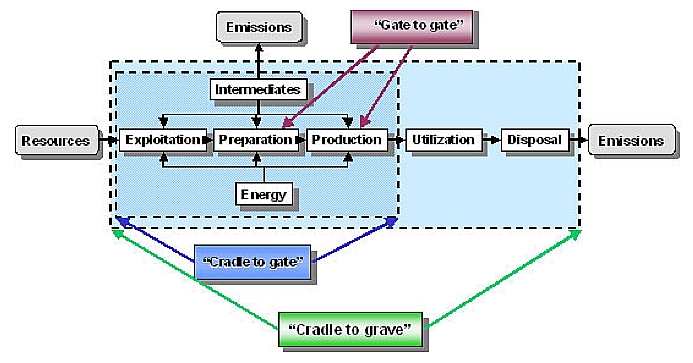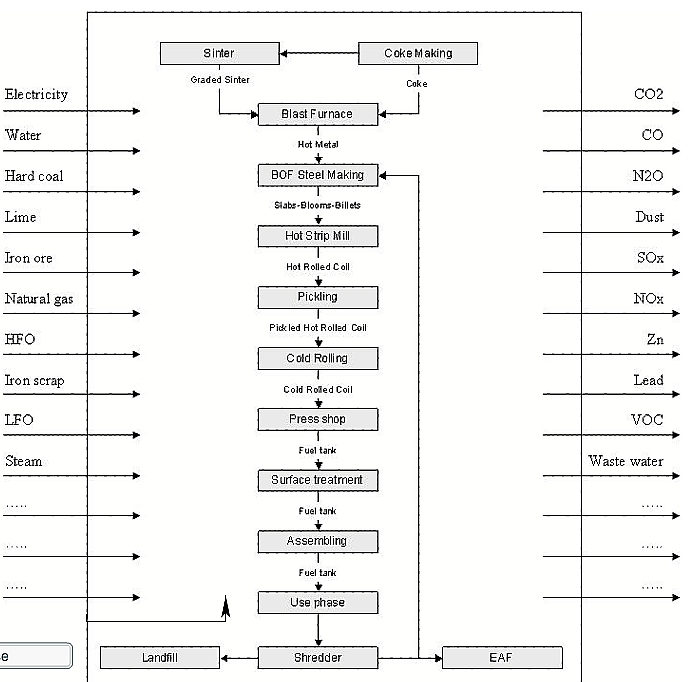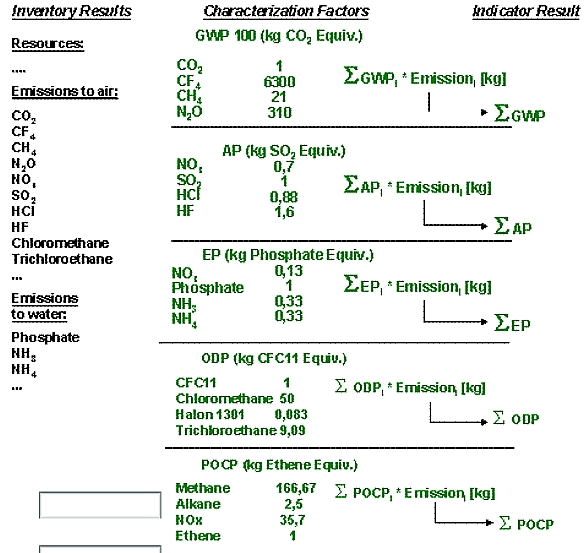
A better environment begins with steel

A better environment begins with steel

A better environment begins with steel

A better environment begins with steel

A better environment begins with steel

Outlook office building, Amsterdam International Airport (Schiphol) (Architects: Cepezed)
LCA stands for Life Cycle Analysis. It is a method of determining the total environmental impact of a (construction) product during its entire lifecycle, i.e. extraction of raw materials, production, transport, construction, maintenance, use, demolition and waste disposal. This involves a broad examination of the service life of the product - a holistic approach.
An LCA consists of four different phases. The phases are explained as follows, on the basis of the Environmental Product Declaration study (EPD = MRPI in the Netherlands), conducted in accordance with LCA methodology by Bouwen met Staal (Building with Steel).
1 Purpose and scope
The objective is mainly determined by the target group and the intended application. The EPD target group is the professional in the construction industry. The application involves communicating (information about) the environmental impact of steel building products, such as HEA profiles to the construction industry. Or: over the entire service life of a building, from planning to demolition and possible reuse.
2 Inventory phase (Life Cycle Impact (LCI))
The product system is defined in the inventory phase. For this the environmental inputs and outputs are quantified in functional units. The components include:

System limits (dotted lines) in the life cycle of steel construction products
The system limit of the EPD determines that the following phases of the lifecycle are included:
Maintenance and replacements are expressly excluded from the system limits.
For example a process unit is the rolling of the HEA profile.
The process tree is a complex structure. The process tree for steel is shown in the diagram below.
As an example, the collection of such data involves collecting data on methane emissions from the blast furnace.

The steel process tree
3 Life Cycle Impact Assessment (LCIA)
In this phase the results of the survey are translated in terms of environmental impact and social preferences. This is done by assigning weighting factors or using data normalisation so that all data are presented in the same units.
The EPD contains over 30 different types of emission, including phosphates, methane and zinc. Using the weighting factors, the emissions are translated into a dozen convenient environmental themes. Which themes these are depends partly on social or political preferences. So methane, with a weighting factor expressed in CO2 is placed under "greenhouse effect" (see also the diagram below).

Weighting factors (Characterization Factors) for impact assessment
4 Interpretation Phase
An LCA study is quite complex and rarely or never complete. In this last phase, assumptions made during the earlier stages are evaluated, the final results analysed and conclusions drawn. Next recommendations are made for filling in any gaps and for any other possible improvements to the LCA study.